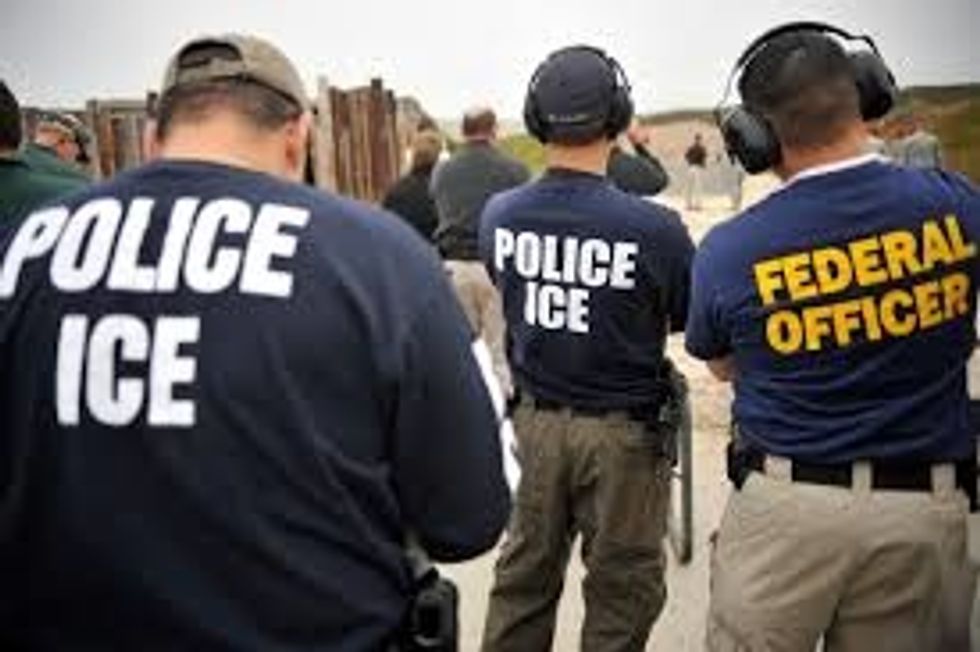According to their website, ICE is a federal law organization that governs border control, customs, trade and immigration to promote homeland security and public safety; but to several ethnicities in the U.S., they're the group to avoid when confronted at your doorstep.
As part of ICE, Homeland Security is essential in investigating terrorists and criminal organizations. They handle immigration crime, human smuggling, financial crimes and contraband smuggling. There are more than 10,000 employees, including 6,700 special agents, who work out of the HSI Division's 26 field offices. All six divisions within HSI operate strictly and efficiently to ensure the safety of Americans and to support the enforcement of the countries' needs.
Immigration and Customs Enforcement serves as the principal investigative agency of the DHS, and through their 'Enforcement and Removal Operations', they are responsible for enforcing all immigration laws. This includes the removal of illegal aliens and watching over fugitives or those who pose a potential threat to the national security of the United States. However, ICE is also responsible for managing "aliens" in custody and providing them with access to legal resources and advocacy groups-a system that seems to get lost in the shuffle.
Also lost in the shuffle: people. In 2018, nearly 1,500 migrant children were "lost" and or their whereabouts were unable to be accounted for after leaving federal shelters. This issue seems to have been raised in the media again this year. Typically these children are placed into homes, with other organizations or sponsors after being brought into custody, where it is their responsibility to maintain updated information and records of each childs' path. Documenting these transitions allows for accurate records and less use of the word "lost", which unfortunately, U.S. administrations cannot understand.
The Department of Health and Human services also plays a large role in this process by placing migrant children with families or sponsors, and then checking on those children after 30 days of being placed. But after this, HHS is "no longer legally responsible for children after they were released from the custody of its office of refugee resettlement." According to an article by The New York Times, a legislation introduced and now supposedly followed allows for a clarification in the departments responsibility for each individuals safety and placement. "The legislation would require officials at the Department of Health and Human Services to run background checks before placing children with sponsors. It also would compel the department to make sure that sponsors provide proper care for the children in their custody, including making sure they appear at their immigration court hearings."
As for children being separated at the border from family members, in most scenarios what actually is occurring is the following of the "100% prosecution" policy, which refers anyone crossing the border illegally for federal prosecution. This policy functionally separates children from their families because children cannot accompany adults who are taken into federal custody. However, when an unaccompanied child comes into the U.S. without a parent or guardian, if there is a parent or guardian or relative already in the U.S., they would be placed with that person as a 'sponsor' while they are undergoing immigration hearings. This is when the federal records "lose track of" said children, or are unable to follow up with their sponsors, causing many to believe that the ICE organization itself has lost them.
Many of the children arriving at U.S. borders or entering the country illegally are seeking asylum. Some have fled their homes in Honduras, El Salvador, or Guatemala in the hopes of escaping violence or drug cartels. Some children run away once entering and being processed, some sponsors don't answer the phone when called by HHS, and some are probably genuinely, and wrongfully misplaced. But the number is nowhere near 1,500.



















